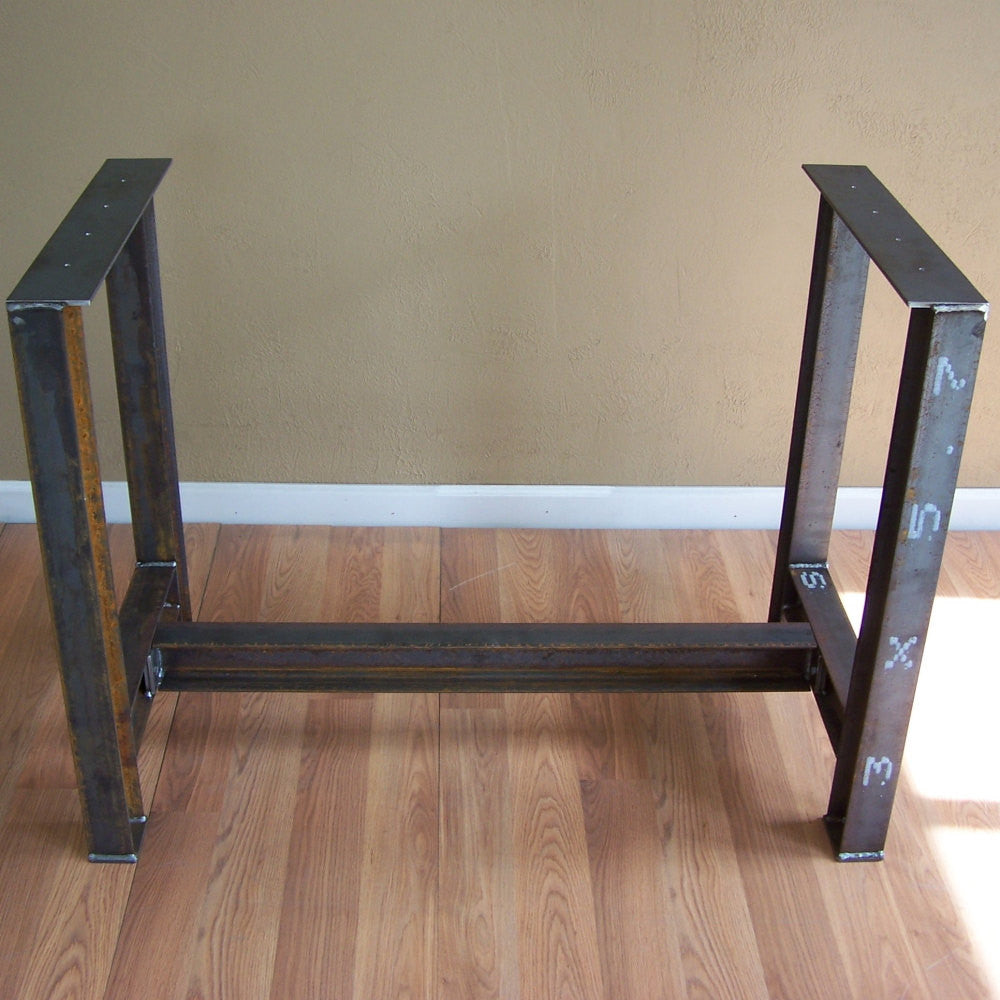Update Your Kitchen's Aesthetic with Premium Legs For Kitchen Island
Update Your Kitchen's Aesthetic with Premium Legs For Kitchen Island
Blog Article
Necessary Factors to Think About When Choosing Legs For Cooking Area Island
Choosing the ideal legs for a kitchen area island includes a careful analysis of multiple elements that can significantly affect both performance and aesthetic appeal. As we explore these components, it ends up being clear that each choice can have far-ranging ramifications for the total kitchen experience.
Material Options
When picking legs for a kitchen area island, recognizing the various product options is important for accomplishing both visual allure and structural honesty (Legs For Kitchen Island). The selection of product considerably affects not only the longevity of the island but likewise its general layout and performance
Metal legs, frequently made from stainless steel or wrought iron, contribute a industrial and contemporary feeling while making sure durability and security. These materials are immune to put on and can sustain significant weight, making them excellent for larger islands.
One more alternative is engineered materials, like MDF or plywood, which can be extra economical while still using a variety of coatings. Nevertheless, they might not supply the same level of security as solid timber or metal. Last but not least, products such as acrylic or glass can create a modern appearance, though they might need additional assistance to ensure stability.
Inevitably, the option of material for kitchen island legs must straighten with the preferred functionality and the general motif of the kitchen.
Design And Style

When taking into consideration style, the shape and finish of the legs are essential. Tapered legs can offer a sense of agility and sophistication, while thicker, more durable legs can communicate strength and stability. Additionally, the surface-- be it painted, stained, or all-natural-- must match the cabinetry and kitchen counter products to produce a unified look.
Moreover, the layout of the legs can likewise mirror personal preference. Customized or attractive legs, such as those including elaborate makings or one-of-a-kind geometric forms, can work as centerpieces, adding personality and character to the cooking area. Inevitably, the ideal selection will certainly not only boost functionality yet also raise the visual appeal, making the cooking area island a standout attribute of the home.
Height Considerations
Selecting the ideal elevation for kitchen island legs is vital, as it directly impacts both functionality and comfort. The conventional height for a kitchen island typically varies from 36 to 42 inches, straightening with common kitchen counter elevations. A 36-inch elevation is optimal for food preparation and cooking, enabling comfy usage of kitchen devices and devices. Alternatively, a height of 42 inches is frequently preferred for islands intended for bar seating, fitting taller stools and supplying a laid-back eating experience.

It is likewise vital to represent users' choices and elevations. Personalizing the elevation can guarantee a comfortable experience for all household members, making the cooking area click to read more island an extra enjoyable and practical area.
Weight Assistance
Guaranteeing ample weight assistance for kitchen area island legs is important for both safety and functionality. The kitchen area island commonly offers numerous objectives, including food prep work, dining, and extra storage, necessitating a durable support structure. When choosing legs, it is vital to consider the total weight capacity required based on the island's planned use and the products that will certainly be positioned on it.
The option of product for the legs plays a substantial function in their weight-bearing capabilities. Strong timber, steel, and heavy-duty composites typically offer exceptional strength contrasted to lighter products. In addition, the layout of the legs-- whether they are straight, tapered, or have a pedestal kind-- can affect their capability to distribute weight successfully throughout the structure.
Constantly speak with the producer's requirements concerning load useful site restrictions to ensure that the legs can maintain the intended weight without compromising security. In summary, picking kitchen island legs with adequate weight support is essential for producing a practical and safe culinary area.
Installment and Upkeep
Proper installment and upkeep of kitchen area island legs are critical for ensuring long life and security. This frequently involves safeguarding the legs to the island base utilizing ideal bolts, guaranteeing that the legs are level and lined up.
Once set up, routine maintenance is needed to maintain the stability and appearance of the legs - Legs For Kitchen Island. For wooden legs, periodic cleansing with a damp fabric and application of suitable timber polish can avoid wetness damage and maintain their finish. Metal legs may need a gentle cleansing service to get rid of grease and crud, complied with by a completely dry fabric to avoid rust formation
Additionally, examine the legs consistently for indicators of wear or damages, such as fractures or loose joints. Tightening up screws or bolts as required can also prolong the lifespan of the legs. By adhering to these installment and upkeep methods, home owners can ensure that their kitchen area island continues to be sturdy and aesthetically appealing for many years ahead.
Verdict

Aesthetic comprehensibility is paramount in choosing the design and style of legs for a kitchen island, as these elements substantially affect the general atmosphere of the area. Conical legs can offer a feeling of agility and beauty, while thicker, extra durable legs can convey toughness and stability.Selecting the ideal height for kitchen area island legs is vital, as it straight influences both capability and comfort. In recap, choosing kitchen island legs with appropriate weight support is important for creating a functional and risk-free culinary room.
In final thought, choosing legs for a cooking area island necessitates cautious factor to consider of their explanation different elements, consisting of product alternatives, style, height, weight support, and installment.
Report this page